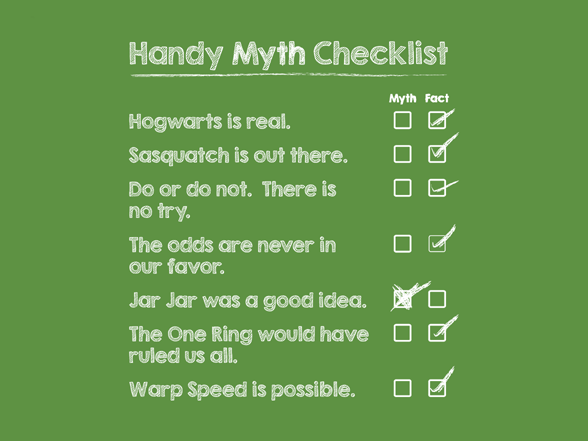10 Marketing Mistakes That Are Holding You Back—and How to Fix Them 🚀
MarketingJanuary 19, 2025
cezanne

1. Thinking a Redesign Is a Growth Fix-All
💡 Example: When GAP launched a logo redesign in 2010, backlash was so severe that they reverted to their old logo within a week, losing millions. Their mistake? Focusing on aesthetics without addressing deeper brand and operational challenges.
✅ Fix it: Audit your eCommerce infrastructure. If your site is slow or checkout is clunky, a redesign won’t solve those problems. Instead, prioritize technical fixes and a clear hypothesis for your redesign.
2. Blindly Copying Competitors
💡 Example: Just because a competitor’s ad campaign uses bold humor doesn’t mean it will resonate with your audience. Pepsi’s attempt to mimic Coke’s “Share a Coke” campaign with emoji bottles fell flat—it lacked the same emotional connection.
✅ Fix it: Use competitor analysis as inspiration, not a template. Apply first principles thinking and validate ideas with your own data. For example, test messaging tailored to your audience before fully committing.
3. Over-Leaning on Rented Channels
💡 Data: Relying solely on SEM and paid social can backfire. Research shows that organic social posts generate 22% higher engagement, while paid content often feels transactional.
✅ Fix it: Balance your rented channels with owned and earned tactics, such as email lists, virality, and word of mouth. Use tools like incrementality testing to evaluate how upper-funnel tactics like OTT and Podcast assist conversions.
4. Over-Testing to Paralysis
💡 Example: Startups with low traffic often get stuck waiting for A/B tests to reach statistical significance. A small direct-to-consumer brand cut their testing cycle by using a four-blocker framework: feature-rich tests for major updates and quick iterative changes for optimizations.
✅ Fix it: Build a testing playbook to prioritize:
1️⃣ Big, feature-rich tests.
2️⃣ Iterative tests.
3️⃣ Optimizations.
4️⃣ Adopt-and-go elements.
Don’t wait for perfection—move fast and refine as you go.
5. Stop With the Micro-Optimizations
💡 Data: Research from CXL shows that button color tests rarely improve conversion rates by more than 1%. Micro-optimizations won’t save a broken funnel.
✅ Fix it: Aim for step-function improvements like launching new product features or testing bold claims. For example, Spotify’s “Discover Weekly” feature drove a 30% increase in engagement, while micro-tweaks wouldn’t have had the same impact.
6. Forgetting There’s R&D in Marketing
💡 Example: Airbnb’s marketing R&D led to innovations like user-generated travel guides, creating a 200% increase in engagement during early campaigns.
✅ Fix it: Dedicate 10–20% of resources to exploring new tactics, from creatives to segments. Build habits around experimenting with future growth levers. Think: “What’s the next big win for our brand?”
7. Forgetting That Marketing Is About People
💡 Example: Dove’s “Real Beauty” campaign connected with audiences on an emotional level, leading to a 4x increase in brand value over a decade. Compare that to campaigns optimized purely for clicks.
✅ Fix it: Build a messaging framework that prioritizes emotion over transactions. Ask: What’s your brand’s superpower? How do you connect with people beyond the algorithm?
8. Always Have a Succession Plan
💡 Example: Coca-Cola tests ideas with a clear lifecycle: if a flavor or campaign underperforms, they have a plan to pivot or kill it quickly. Remember New Coke? They had a succession plan to revert to Classic Coke.
✅ Fix it: Treat your campaigns like a story with a beginning, middle, and end. Know when to iterate, when to move on, and what comes next.
9. Ignoring Quantitative and Qualitative Feedback
💡 Data: A McKinsey report found that companies using customer feedback loops grow revenue by 10–15% faster than their peers.
✅ Fix it: Build systems to gather both quantitative data (metrics) and qualitative feedback (customer interviews, surveys). Use tools like NPS surveys and cohort analysis to refine your strategy based on real customer insights.
10. Forgetting It’s a Short and Long Game
💡 Example: Amazon’s short-term focus on free shipping drove conversions, but their long-term investment in Prime built loyalty and LTV.
✅ Fix it: Balance short-term campaigns (e.g., sales promotions) with long-term brand building (e.g., loyalty programs). Think: “Will this decision boost short-term revenue and set us up for sustainable growth?”